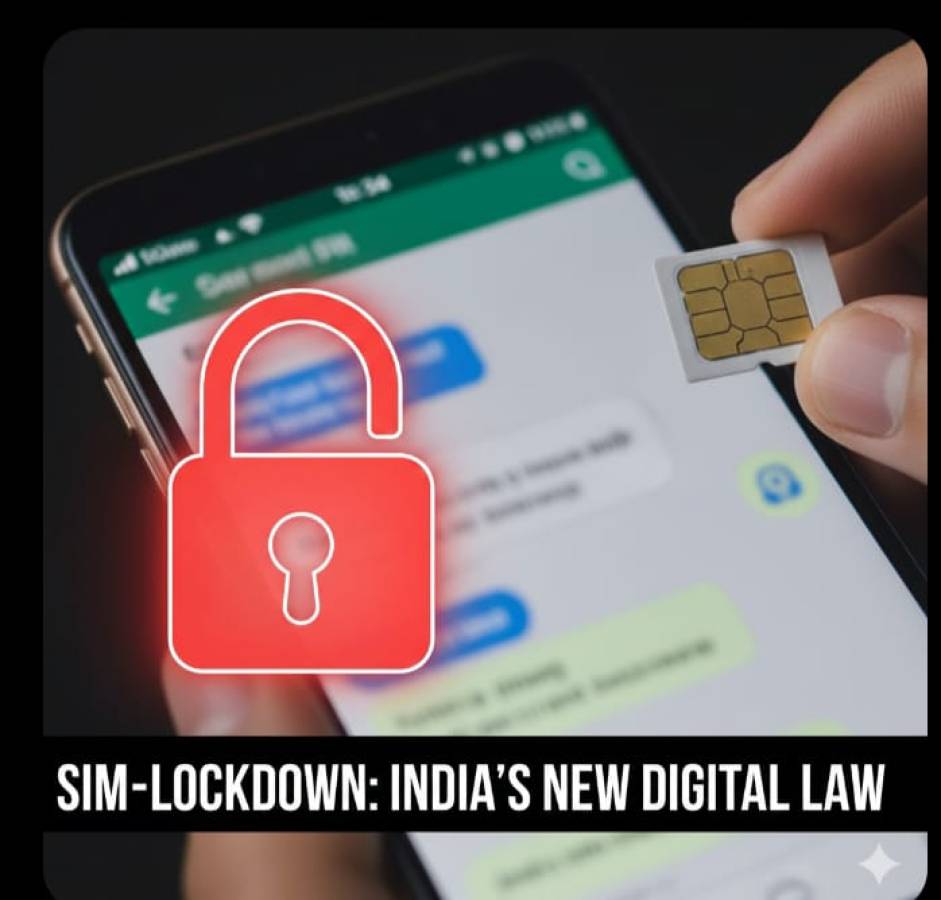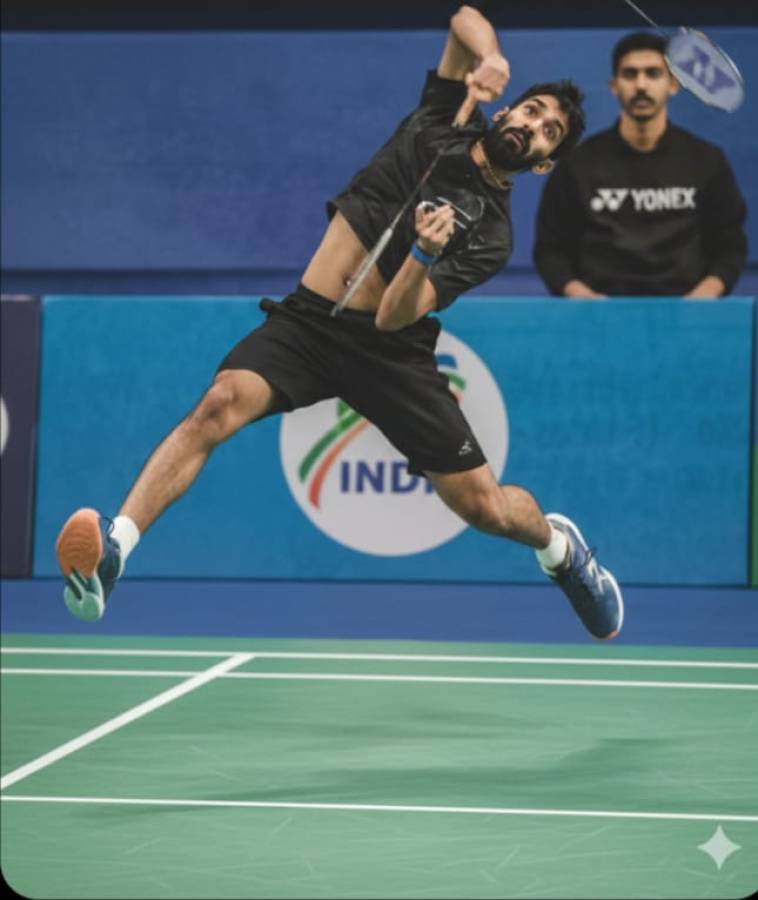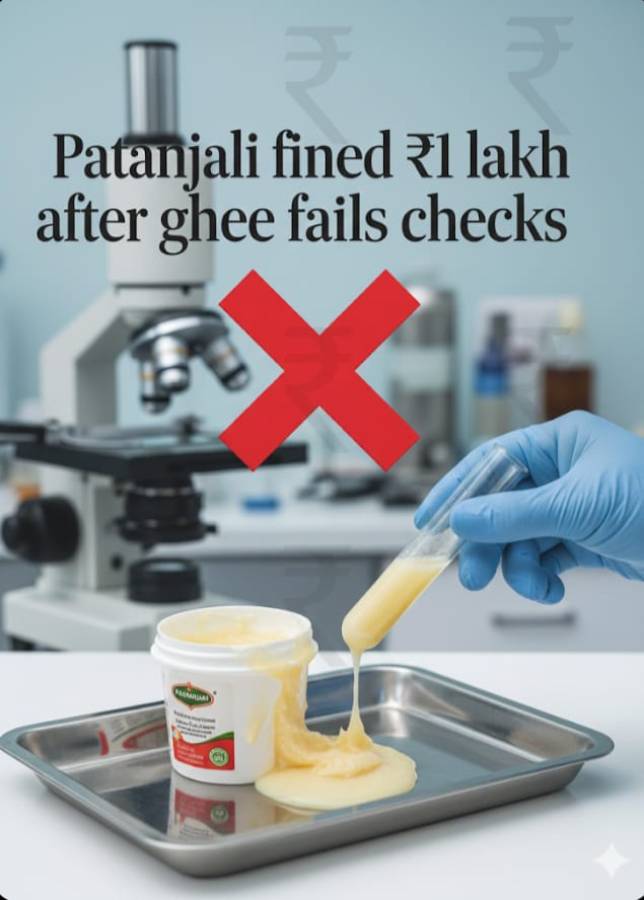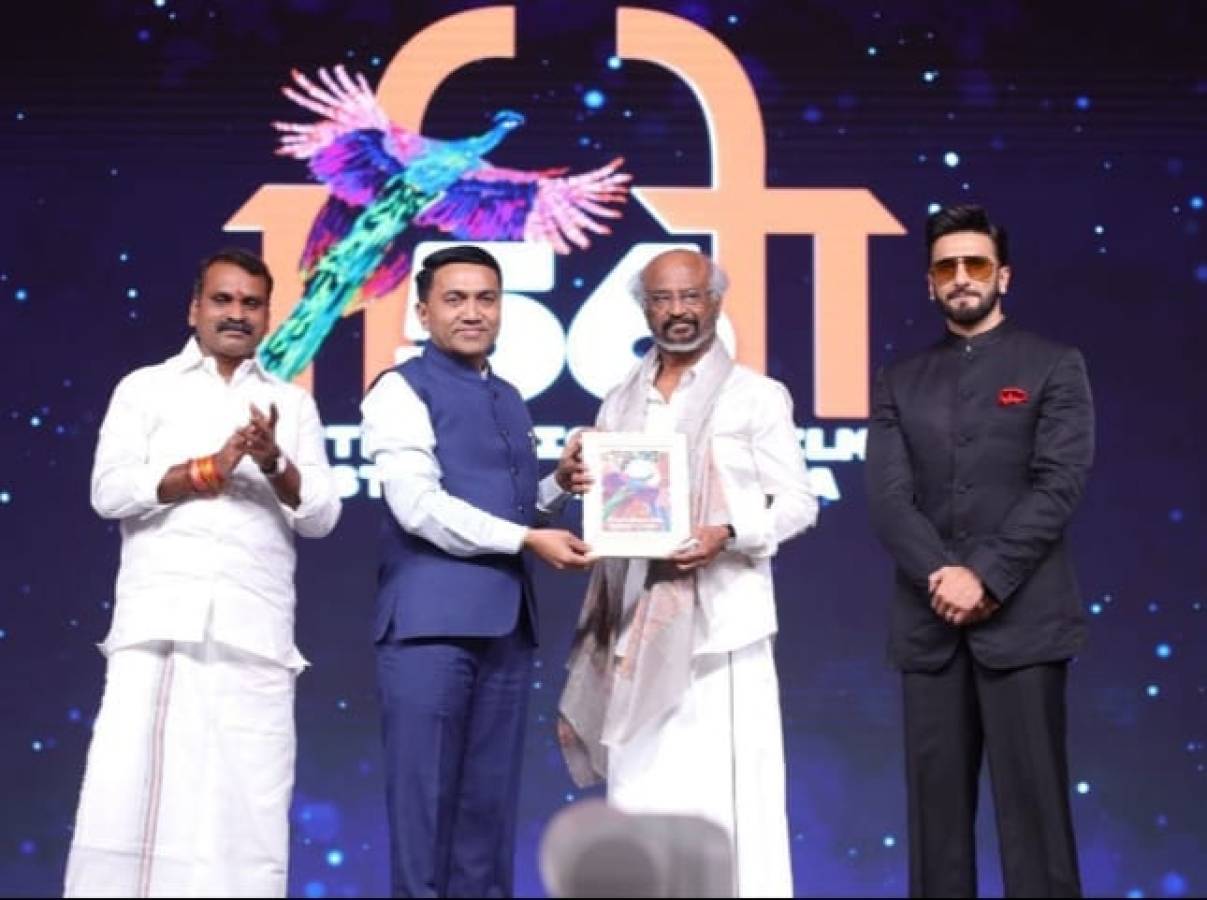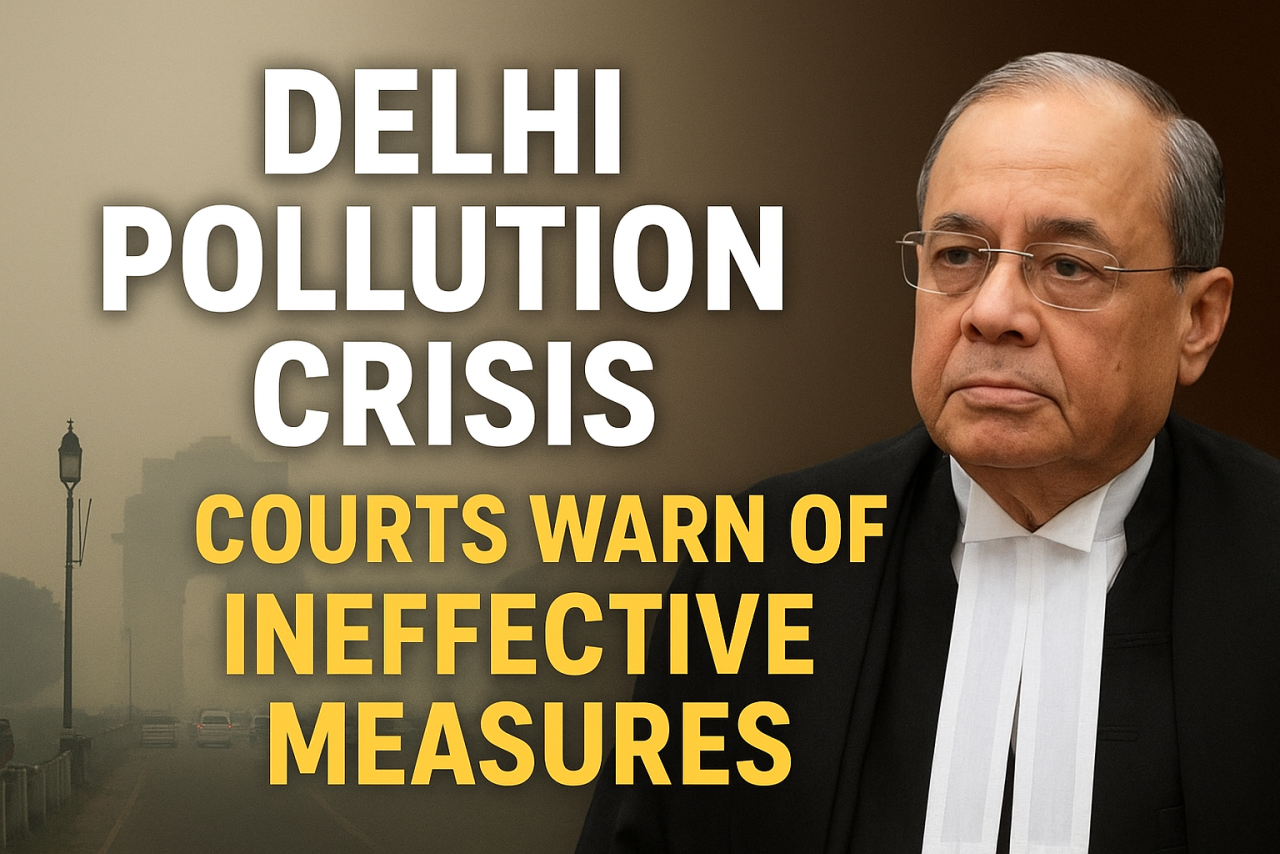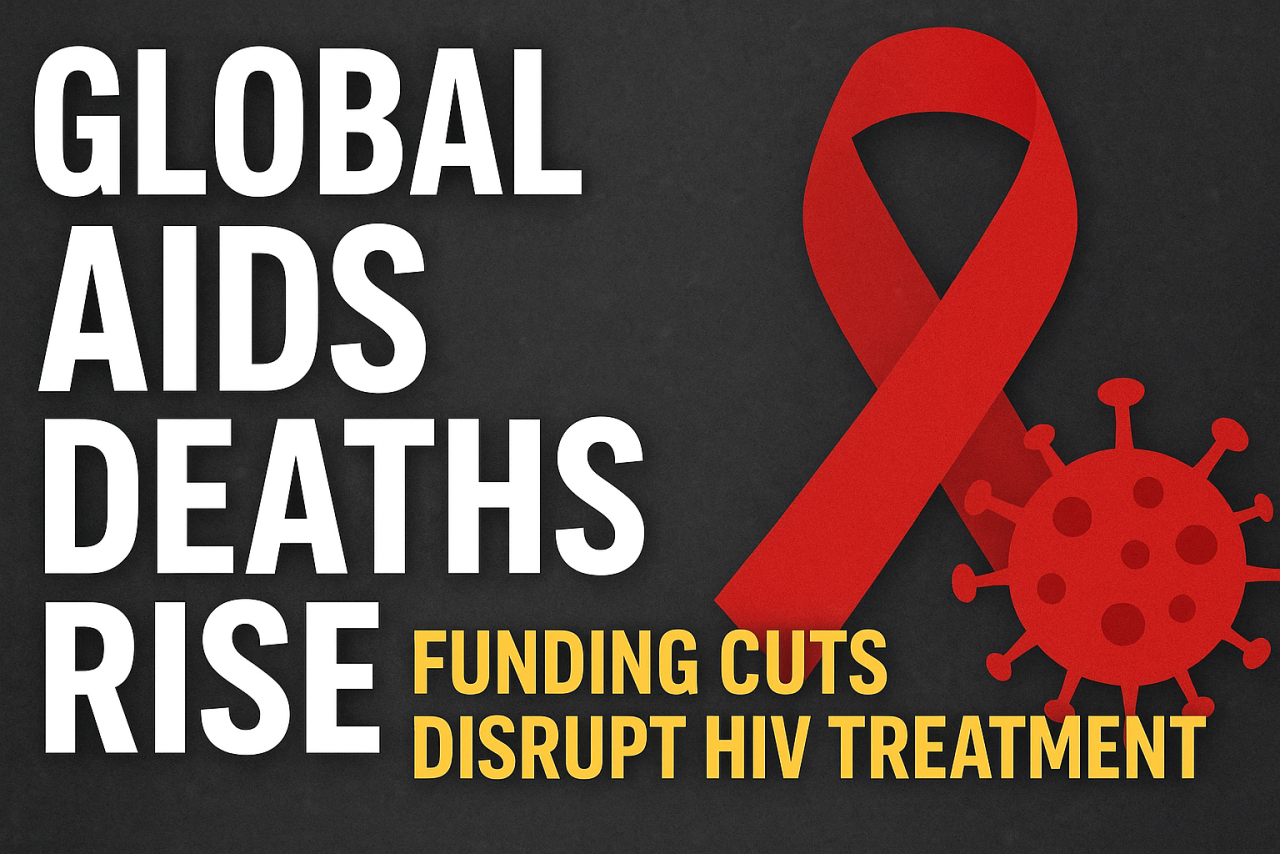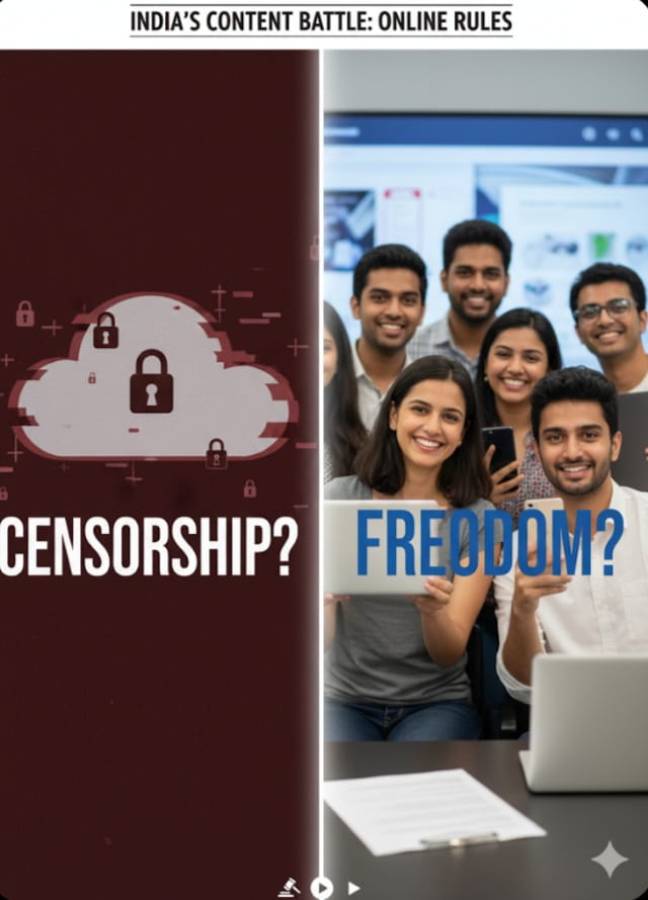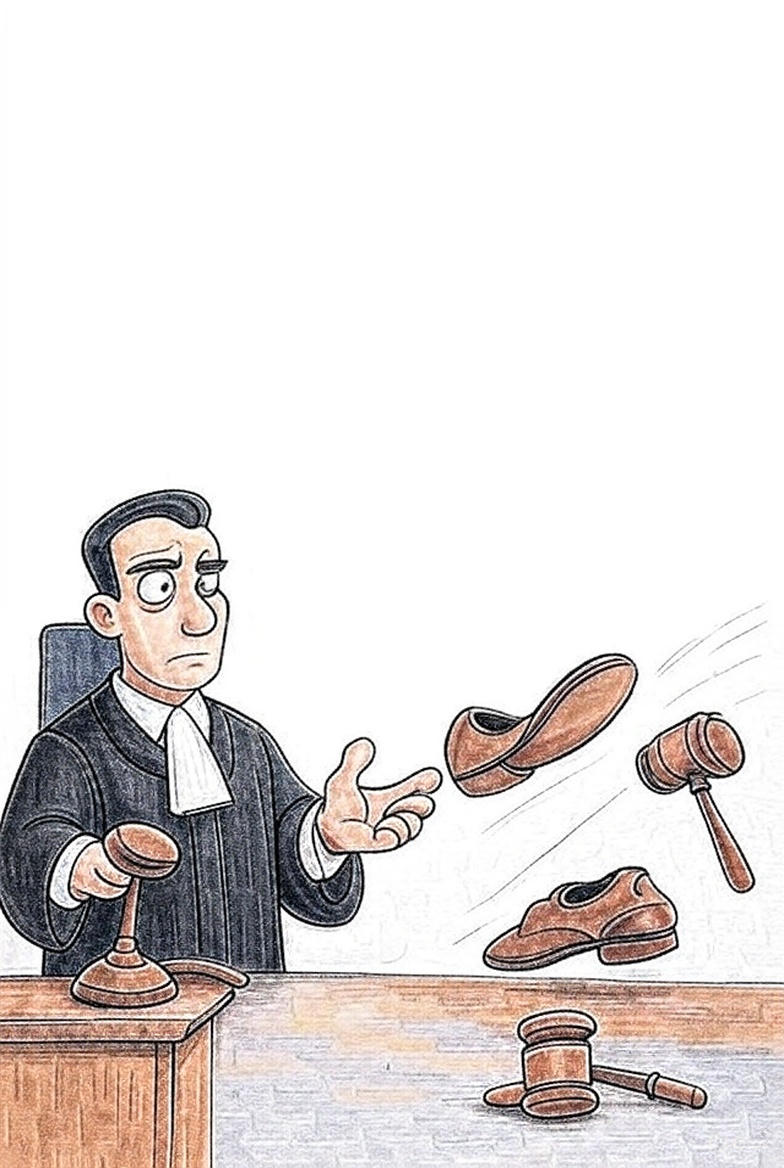
The recent incident of a senior advocate reportedly hurling shoes at Justice B.R. Gavai, a sitting judge of the Supreme Court of India, during a hearing has sent shockwaves through the legal fraternity and the nation. While the act itself is a clear transgression against judicial decorum and the sanctity of the courtroom, what is particularly concerning is the subsequent narrative emerging on social media: the cynical attempt to "justify" this violent act by drawing a perverse parallel with the long-quashed "skin-to-skin contact" ruling from the Bombay High Court in a POCSO case. This article aims to meticulously dissect this dangerous conflation, separating sensationalism from fact, and exposing the calculated effort to humiliate a sitting judge and undermine judicial authority.
The Shoe-Hurling Incident: An Unacceptable Breach
First, let's address the core incident. Reportedly, a senior advocate, agitated over an adverse ruling or perceived injustice, resorted to hurling shoes at Justice Gavai. Regardless of the advocate's grievances, such an act is unequivocally unacceptable. It constitutes:
- Contempt of Court: A direct affront to the dignity and authority of the judiciary.
- Assault: A physical act of aggression against a judicial officer.
- Breach of Professional Ethics: A severe violation of the conduct expected from a legal professional.
- Undermining the Rule of Law: An attempt to replace reasoned arguments and legal processes with violent intimidation.
The justice system, with all its imperfections, provides established mechanisms for redressal, including appeals, review petitions, and even impeachment processes for judges. Resorting to physical violence within the courtroom is an attack on the very foundations of these mechanisms.
The Ghost of "Skin-to-Skin": A Deliberate Misappropriation
Now, to the disturbing social media narrative. As discussed, the Bombay High Court's "skin-to-skin contact" ruling of January 2021, which held that groping a minor over clothing wasn't "sexual assault" under POCSO, was swiftly and emphatically overturned by the Supreme Court of India. The Supreme Court clarified that sexual intent, not skin contact, is paramount. This verdict is legally null and void.
The current attempt to link this quashed ruling to the shoe-hurling incident typically takes the following, deeply flawed, form:
- The False Equivalence: "If merely touching a minor over clothes is not sexual assault (as per the original Bombay HC verdict), and throwing a shoe is an offense, then our justice system is absurd/biased." (Or, as per the viral Hindi text: "When touching the breast and breaking the string does not come under the category of rape, then how did throwing a shoe come under the category of crime? We need a justice system, not just a decision.")
- The Implied Justification: This flawed equivalence then serves as a distorted "justification" for the advocate's actions, implying that the judiciary, having allegedly made such "absurd" rulings (which it didn't, in the end), deserves such treatment.
- Targeted Humiliation: By associating the Chief Justice of India (or any Supreme Court Judge) with a controversial, rejected, and highly unpopular verdict, the intent is to humiliate the individual and, by extension, the institution they represent.
Deconstructing the Fallacy and Malice
Let's dissect why this comparison is not just fallacious but actively malicious:
- Legally Irrelevant: The Bombay High Court's ruling is no longer law. It was superseded by the Supreme Court. Citing it as an existing judicial standard to criticize the present judiciary is a deliberate act of misinformation. It's akin to criticizing modern medicine using an antiquated medical theory that has long been debunked.
- False Causality: There is no logical or legal connection between a judge's interpretation of a specific section of POCSO (even if controversial and later overturned) and the physical act of throwing a shoe at another, unrelated judge years later. One is a judicial interpretation (later corrected), the other is a criminal act of assault and contempt.
Apples and Oranges: The Nature of the "Offenses"
The quashed POCSO ruling dealt with the definition of a specific crime (sexual assault) under a specific law. Even in its original, flawed form, it was an interpretation of legal language, however misguided.
Throwing a shoe at a judge is an act of physical violence and disrespect against an individual and the institution, falling under entirely different categories of law (assault, contempt of court, criminal intimidation). These are distinct types of transgressions with different societal impacts and legal ramifications.
The viral Hindi text ("When touching the breast... does not come under the category of rape...") further distorts the original ruling. The Bombay HC verdict did not say it wasn't a crime at all; it classified it under a different, less severe section of the IPC (outraging modesty), not rape, and this too was deemed incorrect. The social media rhetoric often exaggerates the original ruling to heighten outrage.
- Targeting the Wrong Judge: Justice Gavai had no involvement in the original Bombay High Court ruling. The attempt to "punish" him or humiliate him using this completely unrelated, defunct judgment is a clear case of guilt by association, intended solely to defame.
- Undermining Judicial Process: The most insidious aspect of this narrative is its attempt to delegitimize the entire judiciary. By implying that a single, flawed (and corrected) judgment somehow justifies physical violence against judges, it attacks the very process of judicial review, appeals, and the peaceful resolution of disputes. It sends a dangerous message that if one disagrees with a judicial outcome, violence is a permissible response.
The Real Agenda: De-legitimization and Humiliation
This social media narrative is not born out of a genuine desire for justice or a nuanced understanding of legal principles. It is a calculated strategy driven by:
- Sensationalism: Outrage generates engagement, and few things generate more outrage than perceived judicial hypocrisy combined with an act of violence.
- De-legitimization: The goal is to strip the judiciary of its authority and public trust by painting it as arbitrary, biased, or even deserving of disrespect.
- Personal Attacks: By linking a sitting Supreme Court judge to a widely despised (and legally defunct) verdict, the aim is to personally humiliate him and chip away at his credibility.
- Political or Social Agendas: Such narratives can be weaponized by various groups to further their own political or social agendas, using public anger as a tool.
Upholding the Pillars of Justice
The incident of an advocate hurling shoes at a Supreme Court judge is a grave matter that must be addressed with the full force of law. Equally important is to firmly counter the insidious narrative attempting to justify it by twisting a legally nullified POCSO verdict.
The justice system is a complex edifice built on precedents, reasoned arguments, and established procedures for review and appeal. While legitimate criticism of judicial decisions is essential for a healthy democracy, resorting to violence or manufacturing false justifications for it, based on deliberate misinformation about quashed verdicts, is an assault on the very foundations of the rule of law. It's crucial for citizens, media, and legal professionals to differentiate between legitimate critique and malicious propaganda aimed at destabilizing the pillars of justice. We must reject these attempts to weaponize past controversies for present-day vigilantism and reaffirm our commitment to a system where disputes are resolved through reason, not rage, and certainly not through hurled footwear.


